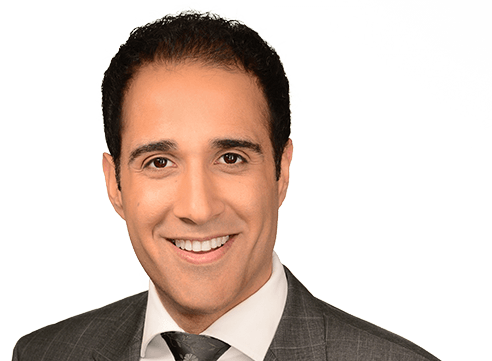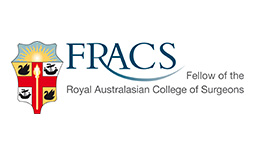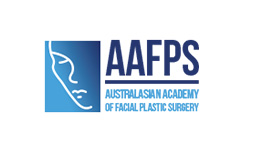Eyelid surgery
What can Eyelid Surgery do for me?
Blepharoplasty is a surgical procedure to remove excess fat and skin. Performed under general or local anaesthetics, this surgery can treat the upper eyelids, the lower eyelids, or both.
Upper Eyelid Surgery may:
- Remove excess skin in the upper eye lid
- Reduce puffiness
- Improve vision
- Improve symmetry of the eyelids
Lower Eyelid Surgery may:
- Correct a falling lower lid
- Remove under eye ‘bags’
- Tighten loose skin
- Reduce puffiness
Am I a Candidate for Eyelid Surgery?
Both men and women can benefit from eyelid surgery. You may be a good candidate if you experience any of the following concerns:
- Excessive or wrinkled upper or lower eyelid skin
- Vision restriction from excess upper eyelid skin
- Loss of a natural, upper eyelid crease
- Puffy pouches of fat in the upper or lower lids
- Visibility of the bone under the eye, contributing to dark rings or shadows
- Large bags under the eyes
Eyelid Surgery Consultation with Dr Choroomi
Dr Choroomi appreciates your unique facial anatomy, therefor surgical treatment must be individually customized for each patient. During all cosmetic consultations all patients will undergo psychological screening and we may refer you to a psychologist. During your initial consultation for eyelid surgery, Dr Choroomi will:
- Examine the skin around your orbital area.
- Listen to your concerns.
- Discuss why you desire eyelid surgery, including expectations and desired outcomes.
- Explain eyelid surgery procedure and recovery
- Review your treatment options and answer and any questions.
How is Eyelid Surgery performed?
Upper Eyelid Blepharoplasty is performed by removing excess skin from the upper eyelid. Directly before the procedure, Dr. Choroomi will assess and mark the area of skin that is to be removed. This is done by pinching the eyelid to ensure the skin remaining is both aesthetically and functionally adequate. An incision is made in the natural crease of the eyelid, excess skin is removed and the incisions are closed with fine sutures to ensure scars are virtually invisible.
Lower Eyelid Blepharoplasty is performed through what is called the transconjunctival approach. This surgical approach involves placing an incision inside the lining of the lower eyelid, leaving no visible signs of scarring. The bulging fat behind the muscle is either removed or repositioned onto the cheek to smooth the contour irregularity that has caused a lower lid ‘bag’. If necessary, excess skin will be removed from the lower eyelid and a tightening stitch, called canthopexy, is placed along the lash line.
Recovery After Eyelid Surgery
After upper and/or lower blepharoplasty surgery it is typically for your eyelids to feel tight and sore around the suture sights. Initially, you will need to apply cold compresses to your eye area to minimize bruising and swelling. You will also need to keep your head elevated, including while sleeping, for the first few days.
Patients can expect:
- Redness and swelling around the incision areas
- Minor swelling and bruising
- Tearing
- Sensitivity to light, wearing sunglasses will help
- Eye dryness which can be alleviated with ointment or eye drops.
Sutures for both upper and lower blepharoplasties will typically be removed 5-7 days after surgery. Most patients are ready to return to light activity, including work, in about 10 days. It is advised to wait three weeks before resuming more strenuous exercise
Non-Surgical Alternatives to Eyelid Surgery
Whilst there are a number of non-surgical treatments for the eyelids, these will need to be maintained and will not “shrink” the skin around the eyes.
Facial Fillers. Facial fillers are an excellent treatment. Injectable fillers can “refill” the tear trough and areas with volume loss. This procedure is only temporary and will need to be maintained every 6-12 months.
Anti-wrinkle Injections. Placed correctly in the upper eyelid these muscle relaxants can result in a slightly elevated brow, raising the skin of the upper eyelid. This procedure will typically need to be maintained every 3 month.









